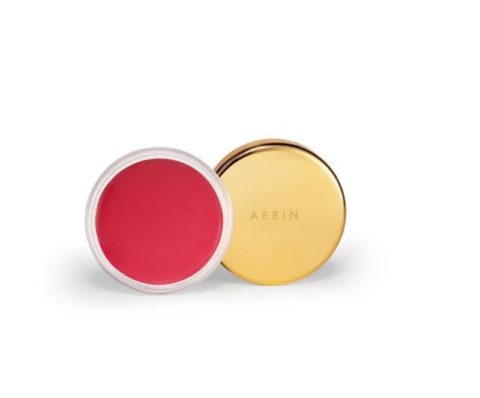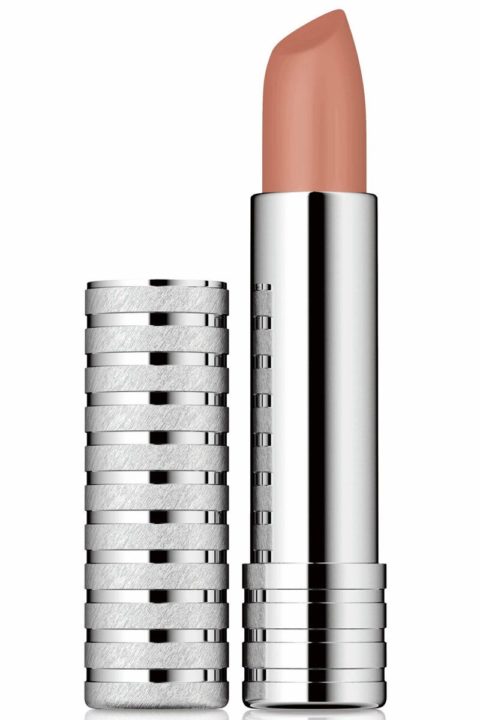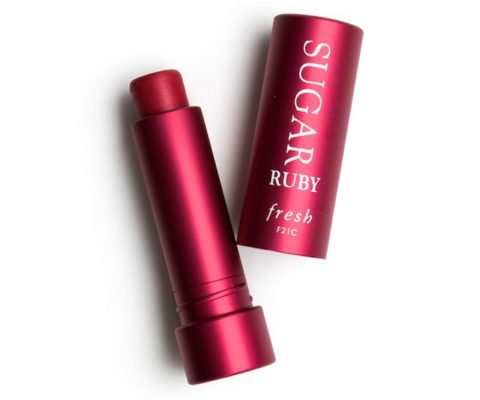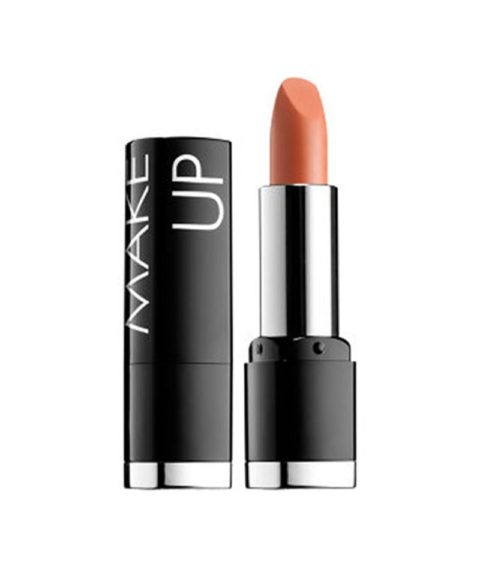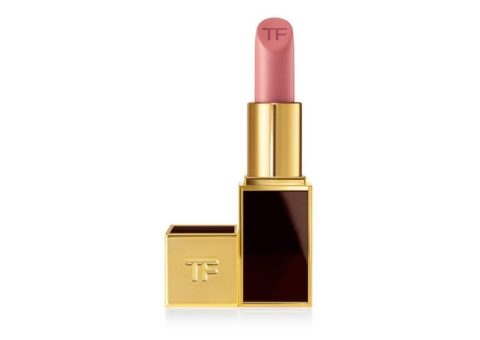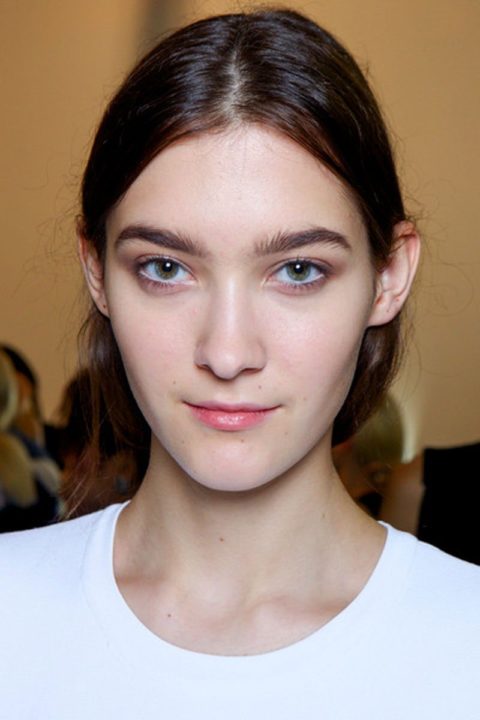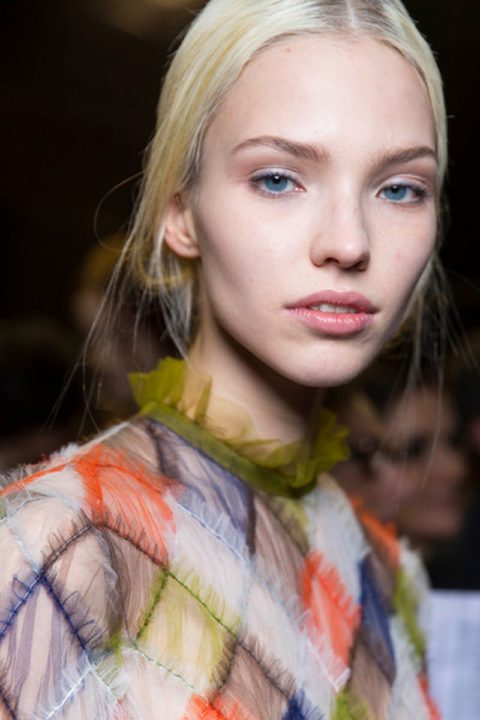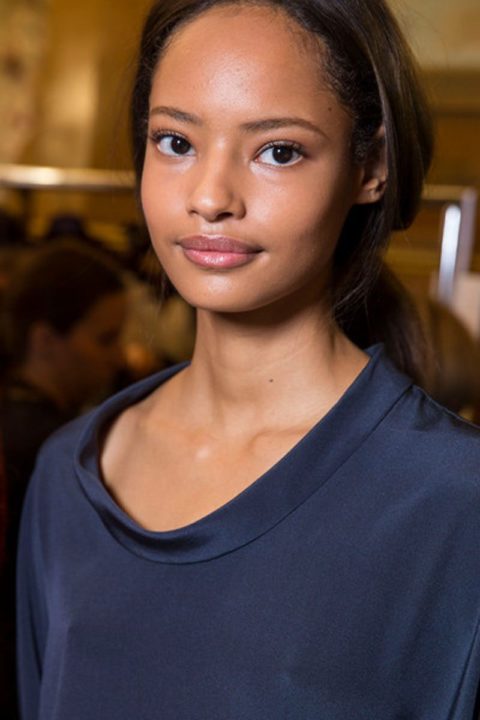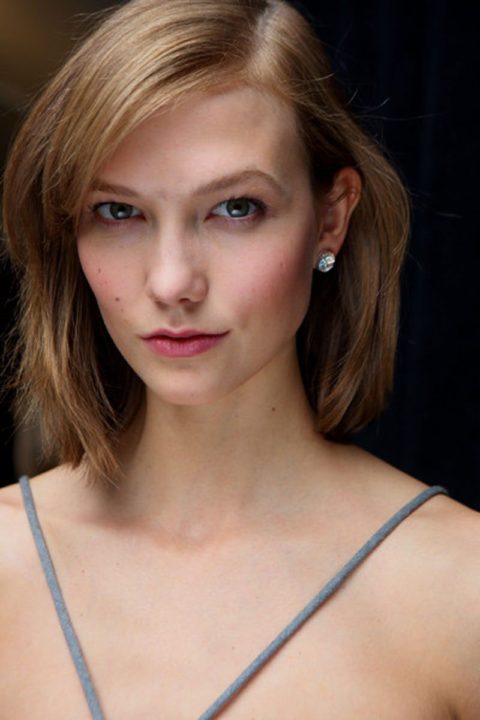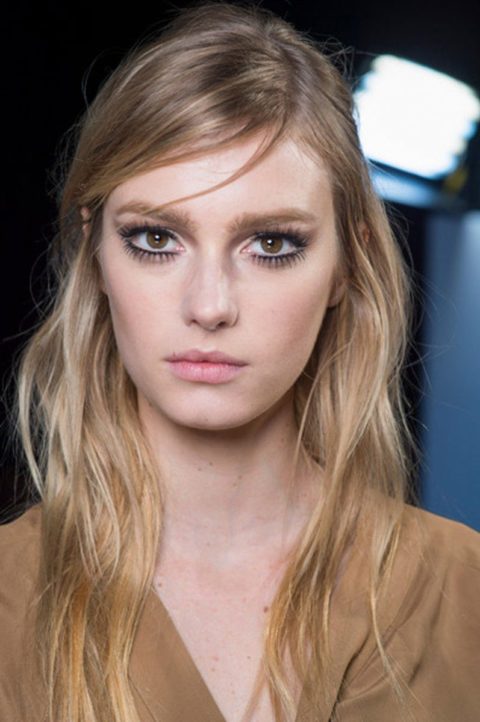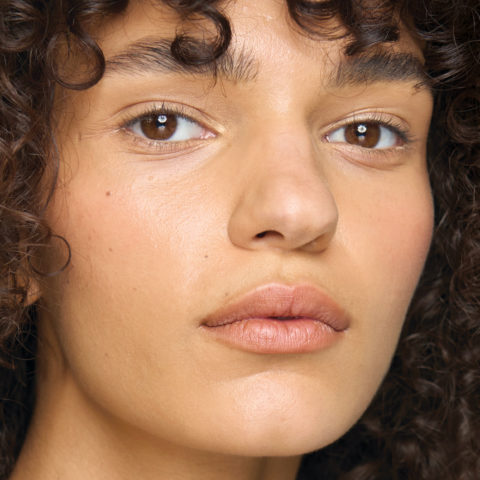Why we’re taking a break from bold shades and opting for muted lips this season
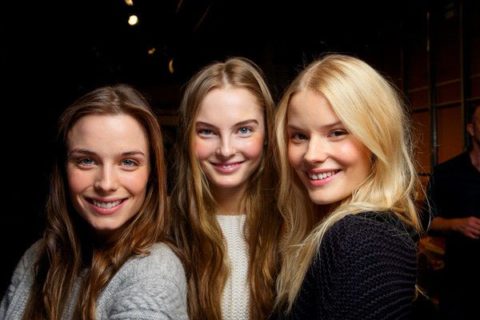

See why we’re obsessed with muted lips »
It’s safe to say that, come New York Fashion Week, all eyes are fixed on Marc Jacobs—his creative vision acts as a sartorial harbinger for the season ahead. And when, this past September, he dispatched an army of models down his Spring 2015 runway outfitted in his offbeat interpretation of military—a sea of cleverly tailored green and drab and grey with Dr. Scholl’s-esque slide sandals—a new notion of uniform dressing was implanted among the cognoscenti. But one thing was conspicuously missing from Jacobs’s show: lipstick or, for that matter, any makeup at all. “With Marc, we always take it to the extreme,” said makeup artist François Nars backstage, “and this season we wanted to make a statement by not applying anything.” That he did: The models’ resolutely bare lips spoke louder than any shade of red could.
While the naked mouths Jacobs showed were part of an overall rejection of makeup, a muted lip was seen at many Fall 2014 shows. From Victoria Beckham to Ralph Lauren, Gucci to Stella McCartney, Valentino to Dolce & Gabbana, lips were either dabbed with balm or blotted with the faintest hint of colour. “We had a number of seasons with bold lip statements,” says runway makeup artist Simone Otis. “It was an easy thing for designers and makeup artists to do. Colour has a lot of impact, and there was so much stuff happening with the technology of lipsticks and texture, with matte being huge. But I think the pendulum always swings back.”
My own relationship with lipstick has followed a similar trajectory over the years: none during the high school grunge and hippie era; some, always poorly selected, in college; an unfortunate dalliance with gloss in the early aughts; and then, in my mid-20s, the dawn of what I affectionately dub “the lipstick period.” Suddenly, my favourite bullets and I were on an intimate, first-name basis: Schiap and Heat Wave (Nars’s chalky hot pink and intense orange-red, respectively) made a brazen statement on the lips, and Medieval by Lipstick Queen is a universally flattering, barely there red with a mellow sheen. Tom Ford’s Violet Fatale and Bruised Plum represented opposite ends of the purple spectrum: the former, a shimmering fuchsia-tinged hue; the latter, a deep and dramatic, ’90s-esque wine. And then, of course, there was my beloved Ruby Woo by M.A.C, the truest blue-red I’ve ever found, with a perfect retro matte texture that has remained steadfast through many a meal and cocktail. But in the past year or so, I’ve pretty much shelved them in favour of a swipe of Lucas’s Papaw Ointment. At some point lipstick started to feel like too much, too overdone—too, well, lipsticky.
Apparently I’m not alone in that sentiment. Besides two straight seasons of nearly bare lips on the runway, the un-lipstick revolution is being reflected on the cosmetic shelves. Nudestix—a Toronto-based line of naked hues recently launched by Jenny Frankel and her teenage daughters, Ally and Taylor—was sparked by the millennial generation’s preference for a more natural look. “My girls were the inspiration behind Nudestix, which is a direct reflection of their lifestyle,” says Jenny. “It’s all about having that kind of effortless beauty. They’d rather spend time sleeping in than putting makeup on, and they don’t want to look like they’ve tried so hard.” Consider it the antithesis of the Kim Kardashian effect. “The whole point is to just feel beautiful while wearing as little as possible,” says Ally. “And still feel like ourselves,” adds Taylor. According to the girls, social media has played a big part in their generation’s more measured approach to makeup. “It gives you a platform to be yourself and encourages quirkiness and being approachable,” says Jenny. “When you’re wearing a lot of colour and putting on a different face, that doesn’t feel real.”
The dawn of normcore, the movement by which all extraneous or exaggerated accessories are summarily renounced, could also be playing a part in why the painted lip has been abandoned. But it should be pointed out, fashion’s innermost circle has never been an overly made-up crew. “For all of these heavy hitters that are the epitome of style and fashion, you know the Anna Wintours or Grace Coddingtons or Phoebe Philos or all the French Vogue editors, makeup is still a very second-hand thought,” says Otis. “Their makeup is very detail direct and distinct to them. They always look effortless, and that is also reflected in what’s cool. It’s cool to look effortless.”
And most of my own beauty and style icons—women like Kate Moss, Lauren Hutton, the sisters Olsen, and Jane Birkin and her offspring (Charlotte Gainsbourg and Lou Doillon)—reflect that very aesthetic. It’s not that these women avoid lipstick completely; rather they have found a way to make it a seamless, almost offhand part of their personal style. Celebrity makeup artist Pati Dubroff says it best: “My impression is that, unless you are using lipstick to make a specific statement, it’s not so necessary,” she explains. “A bare, or enhanced to look bare, lip can feel very modern and pulled together. With lipstick, for me, it’s kind of all or nothing: Go big or go bare.” Which reminds me of a scene from the 1980s John Hughes chronicle of teenagedom The Breakfast Club. At the end of the film, Claire (Molly Ringwald), in a show of popular-girl charity, gives Allison (Ally Sheedy) a makeover. When Allison emerges with a flowered headband and tepid pink lipstick, I immediately longed for her shaggy-haired, Pixy Stix-sandwich-loving former self. It was neither big nor bare; it was just, well, wrong.
As for me, I’m slowly making my way back to the pigmented tube. My reintroduction has been gradual, starting with the perennial backstage method of dabbing on one of my cherished shades, then wiping most of it off to leave the slightest wash of colour. But while I’m sure my heart, and my lips, will at some point long for bold lipstick once again, I’m pretty content with a next-to-nothing approach. For now, at least, less is still more.

